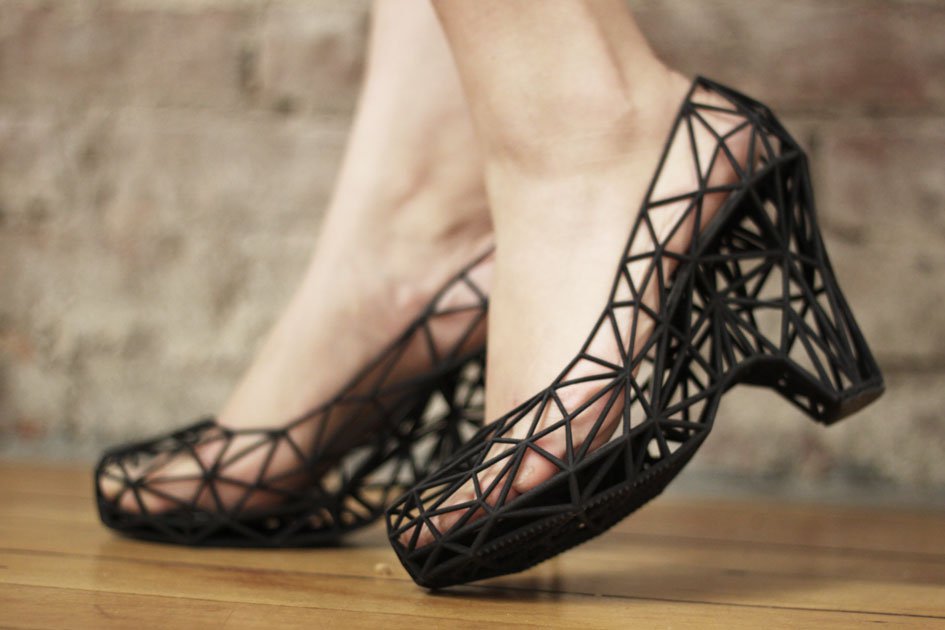This 3D printer creates objects from 10 materials at once
Traditional 3-D printers can only print one material at a time, so making complex objects requires more time and patience. The MIT Multifab 3D printer is user-friendly and very cheap as compared to the already existing 3D printers.
But the new method, which the MIT team has dubbed “MultiFab” can work with as many as 10 different materials at the same time.
The incredible new system can self-calibrate and self-correct, saving the user from having to do the grueling fine-tuning themselves.
A group of engineers from The Massachusetts Institute of Technology (MIT) announced that they were able to design the world’s first 3-D printer that can print 10 different types of materials at once and can embed new textures into one another. Not bad considering the entire printer was built from off-the-shelf components, contributing to its low cost.
Javier Ramos, one of the CSAIL researchers involved in the project, explained that the new device would allow both researchers and amateurs to design complex objects that were often almost impossible to 3-D print. Besides Ramos and Matusik, the team includes lead author and former CSAIL postdoc Pitchaya Sitthi-Amorn, former graduate students Joyce Kwan and Justin Lan, research scientist Wenshou Wang, and graduate student Yu Wang of Tsinghua University.
While the technology has certainly generated plenty of buzz over the past few years, 3D printing is still quite a young space.
The key to the system is its ability to scan and print directly onto other objects – the team says you could put an iPhone into the machine and print a case directly onto it. Instead of extrusion – in which components are layered onto each other like icing on a cake – the machine “mixes microscopic droplets of photopolymers together that are then sent through inkjet printheads similar to the ones you see in office printers”.
The device is capable of printing to a resolution of just 40 microns and so far the researchers have used it to print everything from smartphone cases to light-emitting diode lenses. This last point means that objects, like circuits and sensors for example, can be embedded directly into a printed object.
Ramos says that he could imagine printers like MultiFab being used by researchers, manufacturers, and consumers.
“Picture someone who sells electric wine-openers, but doesn’t have $7,000 to buy a printer like this. For me, a practical use like that would be the ultimate dream”, he said.








